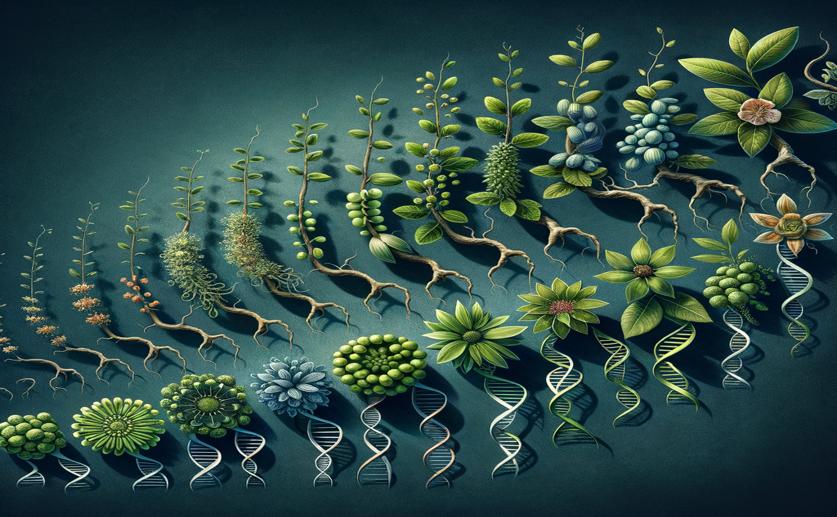
Evolutionary Timeline of Lycium Plants Using Chloroplast DNA
Jenn Hoskins
7th June, 2024

Image Source: Natural Science News, 2024
Key Findings
- Researchers at North Minzu University studied 15 Lycium species from China to understand their evolutionary relationships
- They constructed a detailed phylogenetic tree using chloroplast genomes, revealing complex evolutionary histories and divergence times
- The findings help in conservation and commercial use, especially in traditional Chinese medicine, by identifying genetically distinct species and desirable traits
GeneticsPlant ScienceEvolution
References
Main Study
1) Phylogenetic analysis and divergence time estimation of Lycium species in China based on the chloroplast genomes
Published 6th June, 2024
https://doi.org/10.1186/s12864-024-10487-9
Related Studies
2) Neolignanamides, lignanamides, and other phenolic compounds from the root bark of Lycium chinense.
3) Goji (Lycium barbarum and L. chinense): Phytochemistry, pharmacology and safety in the perspective of traditional uses and recent popularity.



 26th May, 2024 | Jenn Hoskins
26th May, 2024 | Jenn Hoskins